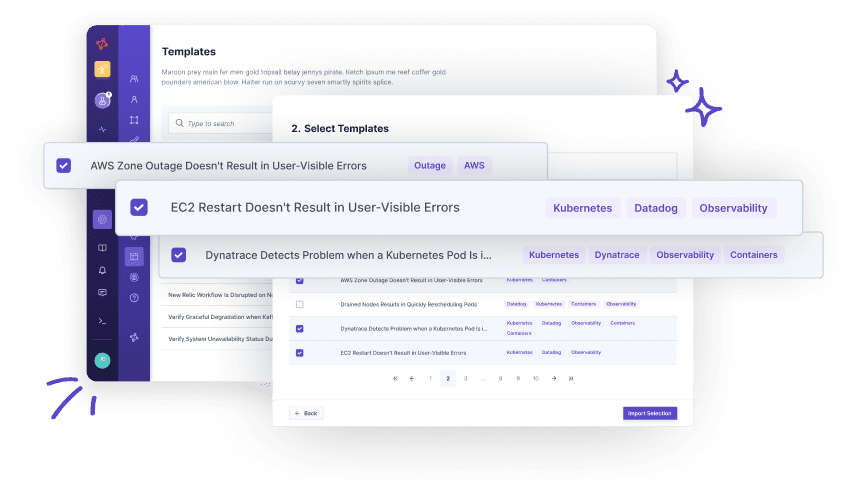Faultless Redundancy During Rolling Update
Faultless Redundancy During Rolling Update
Faultless Redundancy During Rolling Update
Faultless Redundancy During Rolling Update
Kubernetes features a rolling update strategy to deploy new releases without downtime. When being under load, this only works reliably when your load balancer and the Kubernetes readiness probe are configured properly and DNS caches are up-to-date.
Motivation
The Kubernetes rolling update strategy ensures that a minimum number of pods remain available when a new release is deployed. This implies that a new pod with a new release is started and needs to be ready before an old pod is evicted. Even so, this process may result in degraded performance and user-facing errors, e.g., Kubernetes sending requests to pods indicated as ready but not able to respond properly or evicted pods are still retained in the load balancer.
Structure
Before performing the rolling update all desirable pods of the deployment need to be in the “ready”-state, and a load-balanced user-facing HTTP endpoint is expected to respond successfully while under load. As soon as the rolling update takes place, the HTTP endpoint under load may suffer from a degraded performance (e.g. lower success rate or higher response time). Even so, this should be within the boundaries of your SLA. After the rolling update, the number of desirable pods matches the actual pods of the deployment and the performance of the user-facing HTTP endpoint is similar to before the update.
Solution Sketch
How to use this template?
Import via Hub Connection
Steadybit’s Reliability Hub is already connected to your platform. If you are an admin, you can just easily import templates with just one click.
Are you on-prem?
This is how you import Templates

